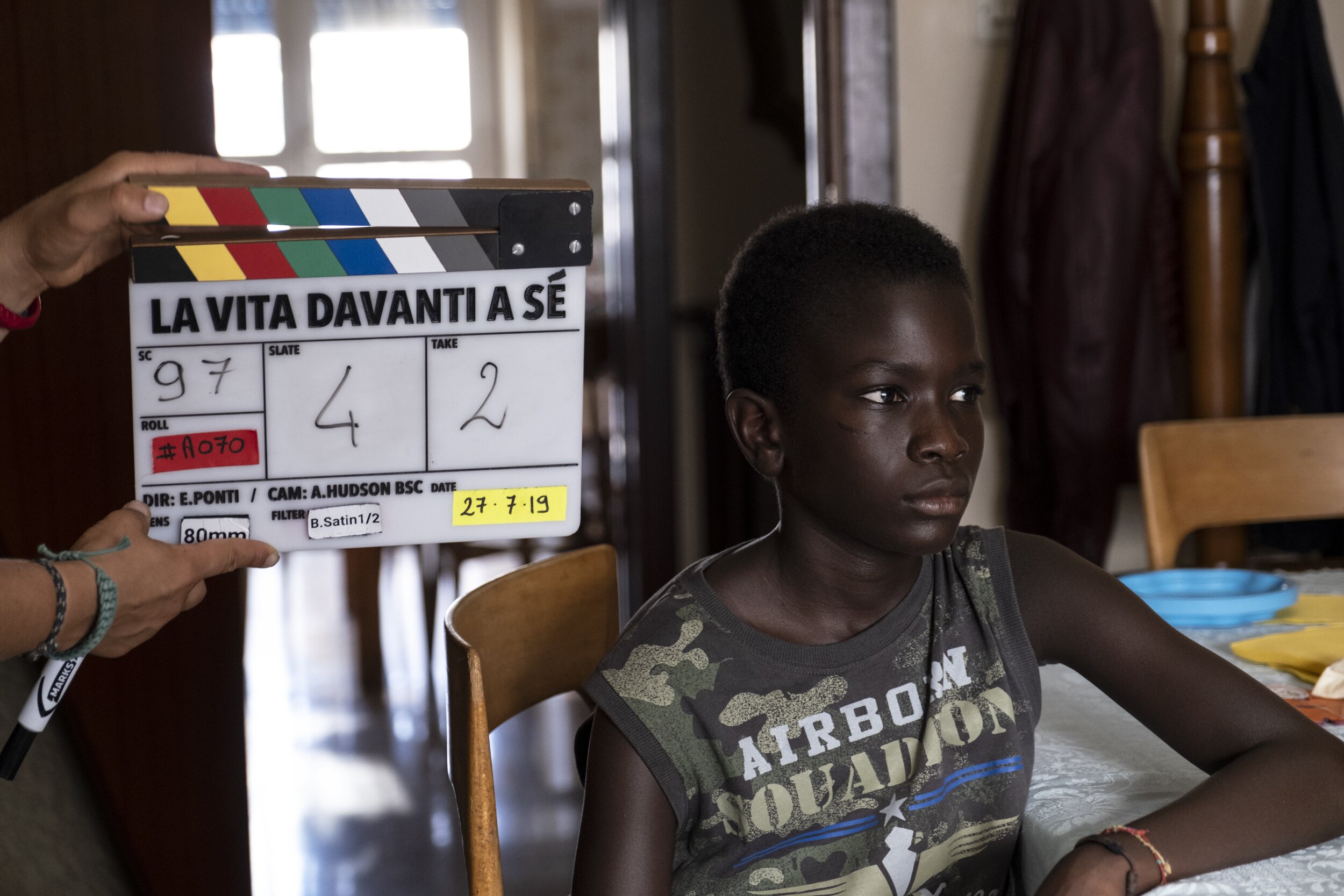THE LIFE AHEAD (AND BEHIND) US - The return of Sophia Loren
A few weeks ago, the Italian newspapers proudly reported the victory at the Golden Globes of the song Io Sì by Diane Warren, sung by Laura Pausini (who translated the lyrics with Niccolò Agliardi), winner in the Best Original Song category.
A well-deserved victory, to which we wish all the best in the next round (the most difficult) of the night of the Oscars. Then in May it will be the turn of Italy, with the David di Donatello, and on that occasione it is possible that other supporting elements of the film A life ahead may also receive some recognition.
In short, the third feature film by Edoardo Ponti continues its journey, after being distributed by Netflix last November, to be present on the home screens of a myriad of spectators around the world.
The somewhat 'rhetorical expression' all over the world is adequate because the film tells one of those stories that touch chords - of course, thanks also to the skill of the director and actors - shared by every human being, regardless of their culture.
The movie tells of the encounter/clash between two radically different individuals who gradually discover each other's humanity and end up loving each other. It is a narrative that can be found in many great stories told by literature and cinema, in every country and every time.
Not surprisingly, the script comes from a prestigious literary source, Romain Gary's novel, La vie devant soi which won the Prix Goncourt in 1975, with a twist - too long to explain in detail - that Gary sent a distant cousin at the award ceremony after publishing under a pseudonym.
The novel is set in the popular and multicultural neighbourhood of Belleville, north-east of Paris, and the first film version was already released in 1977, with Simone Signoret acting as Madame Rosa. This earned her a César for best actress, while the Oscar for Best Foreign Film went to the director and producers.
Fifty years later, with an ambitious and risky move, Edoardo Ponti moved this story to today's city of Bari, in the Puglia region. The time gap, from a sociological point of view, is not that huge, as it is easy to imagine how France - in the sixties and seventies - experienced immigration waves in a similar way to how Italy is experiencing them in recent years. It is fitting, therefore, that Madame Rosa is now an octogenarian and that Momo, the Senegalese boy, is selling drugs in the slums of an Italian city.
Impersonating momo is first-time actor Ibrahima Gueye, of great intensity and talent, thanks also to Ponti’s movie direction. At the same time, imitating the first-person story of the novel, the director decided to add the voiceover of the boy, who introduces us to his thoughts and feelings.
Unfortunately, it is a narrative device that holds back, rather than helping our empathy towards the character. Perhaps the story could have been enriched more by letting our gaze move freely around Momo, giving more space to the so-called 'empty moments' of the narrative, in which nothing happens and in which a character moves in his daily life, scratches his head and thinks, letting our eyes absorb all this and our mind form an idea and a feeling about it.
And Sophia Loren? After ten years of silence, she has chosen to return to play a part in which the weight of her age, the wrinkles carved into the skin, the theme of death, are at the center of hercharacter. This speaks volumes about the narrative and the emotional magnetism of the plot, beyond the fact that the director is his son, with whom, moreover, she had already worked in the debut film ‘Between Strangers’ (2002).
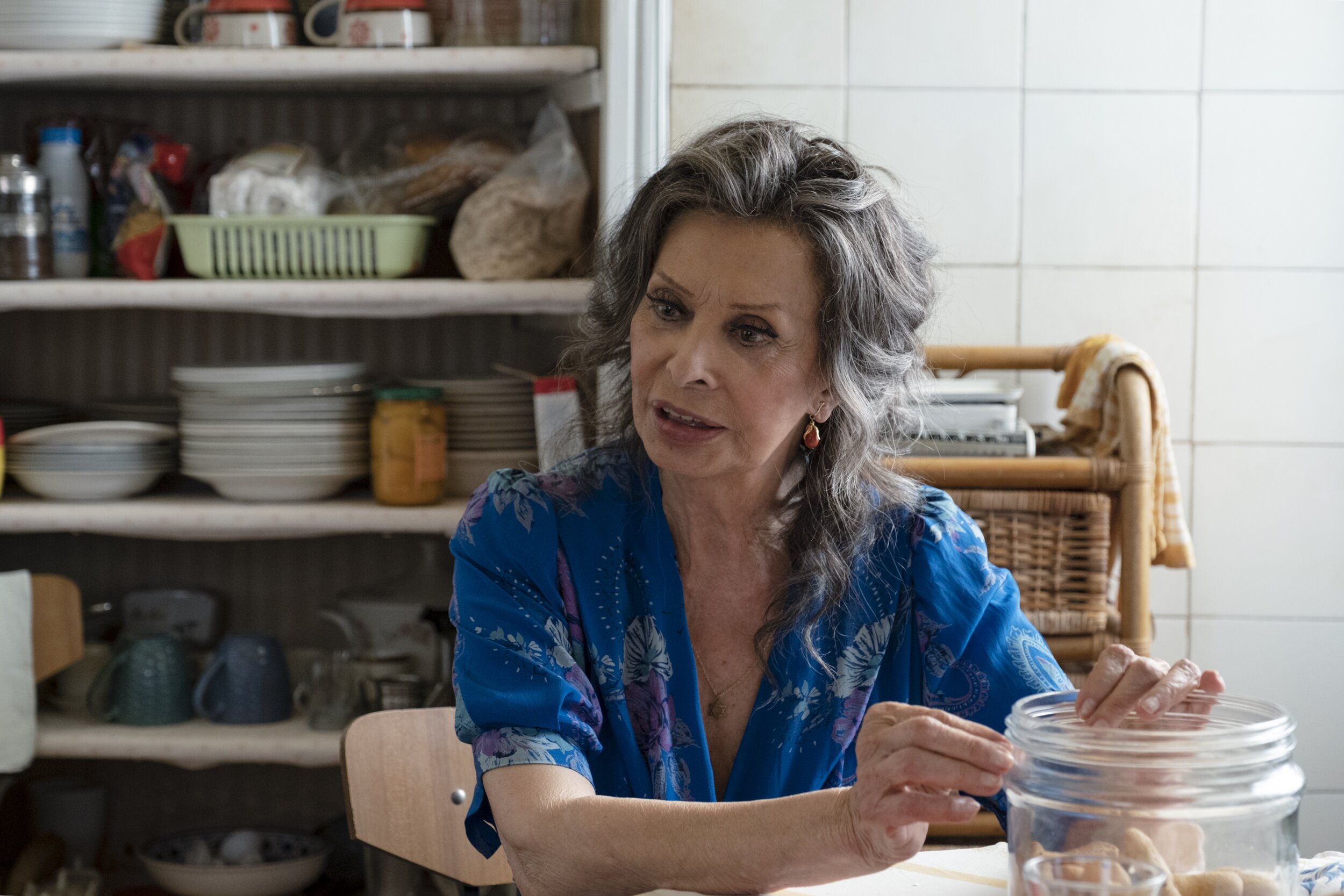
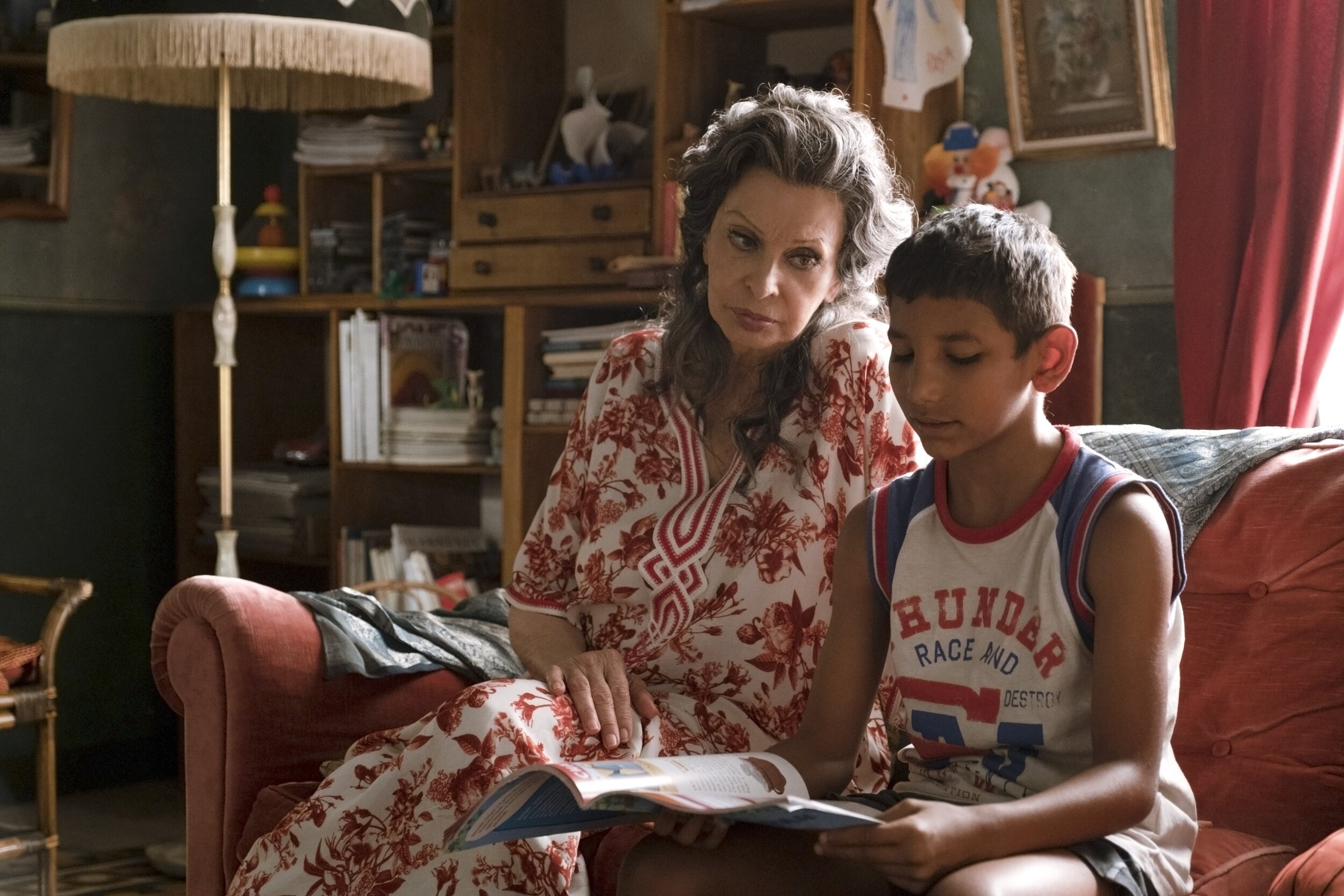
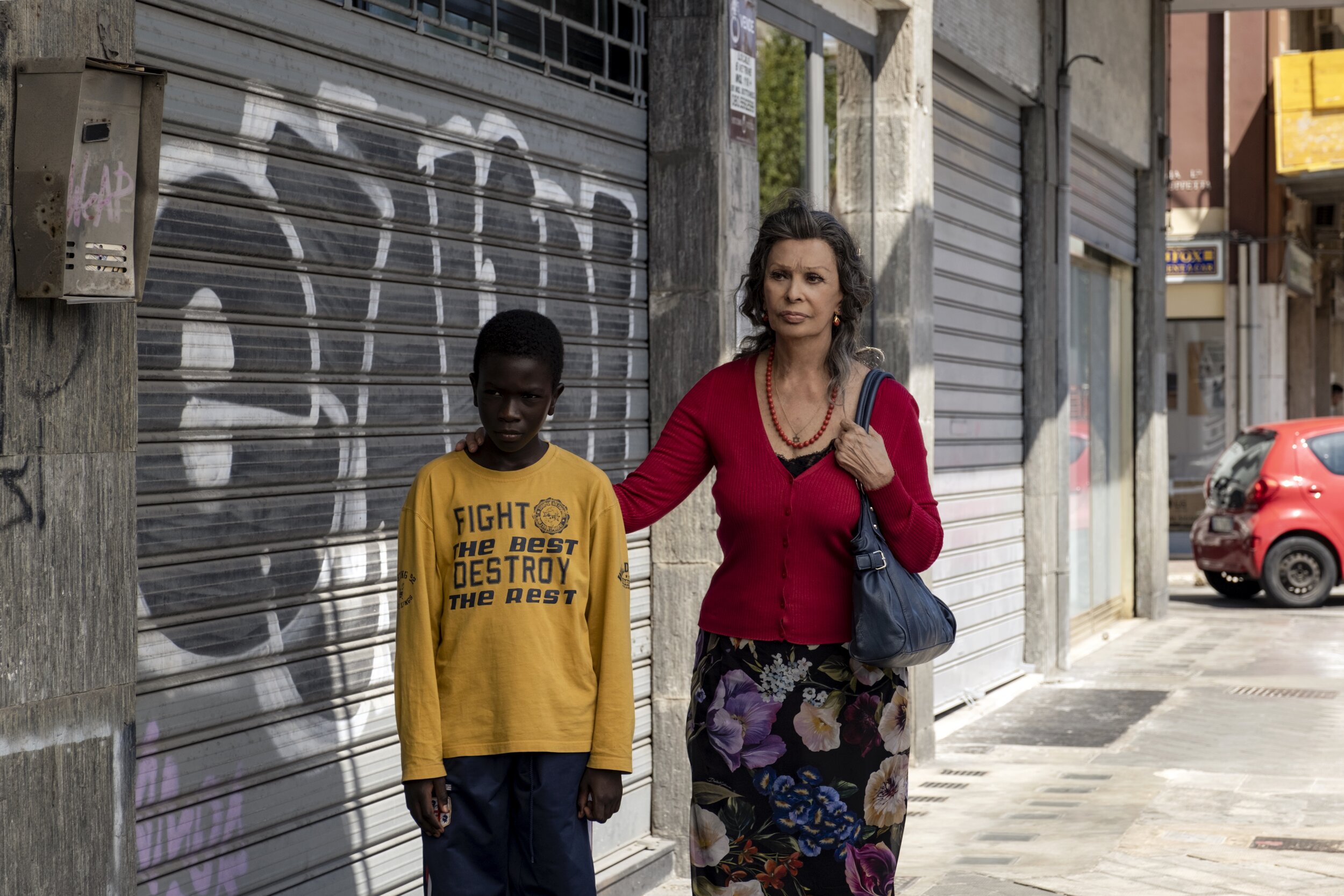
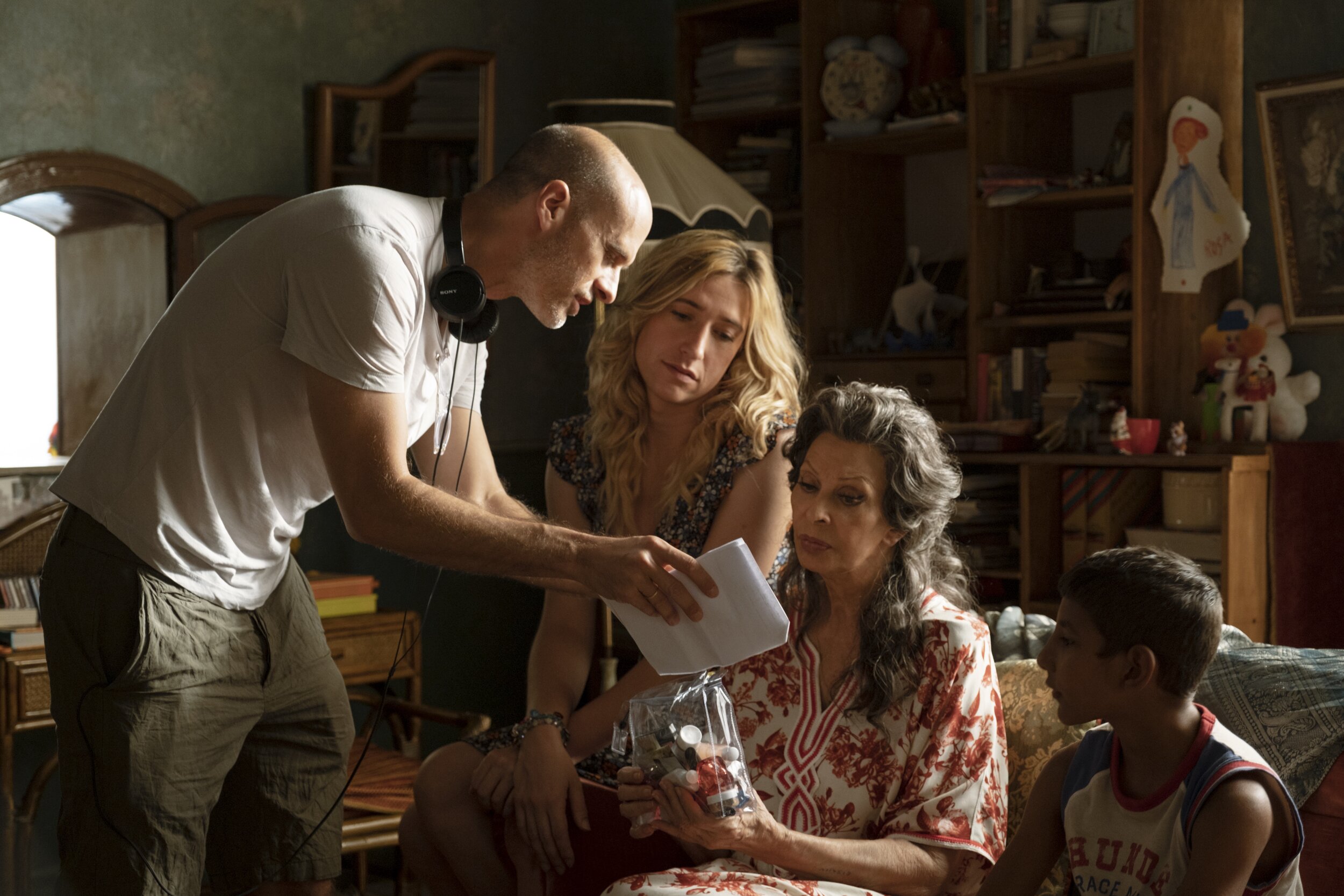
I don't think she has ever referred to it, but if we think about the long list of films in which she acted (which are almost a hundred!), there is one that perhaps can help us understand the deep reason for her choice.
I am referring to ‘A Special Day’ (1977) by Ettore Scola, in which Sophia Loren and Marcello Mastroianni offered us a masterful lesson while acting in one of the truest films about Italy in the Twenties.
Do you remember the iconic meeting, on the landing of an apartment building, between the naive wife of a dull fascist and a homosexual journalist on the verge of committing suicide?
It was a private story on the days when history, outside, was celebrating the triumph of state racism. It was May 3, 1938, when Hitler arrived in Rome on an official visit followed in the autumn by the anti-Semitic laws, not because it was requested by the ally but because, as Ciano reported in his diary, the Duce wanted the Italians to become the 'Master Race'.
That particular day, told us a story that resonates in The Life Ahead’.
Both films talk about the meeting of two characters who live in different worlds and about their discovery of humanity in the other person. Both cry out for the need to be tolerant towards the different, the other, separated from us due to their color of the skin or their sexuality. State racism is also present, like a shadow, in both stories: in the very fascist special day of Antonietta and Gabriele, as well as in Madame Rosa's memory of the Holocaust, in Ponti's film.
A final comment on Loren brings us back to the change of the setting, from Paris to Bari. The choice of Bari and not in Naples was probably due to the entrepreneurship of the Apulia Film Commission, which for years has stood out above its other regional peers. In any case, these urban landscapes are very familiar to Sofia Scicolone Loren, who grew up in a similar neighborhood where, as an “illegitimate daughter”, she certainly suffered from her diversity.
This move has also given the actress the opportunity to act in her mother tongue, including the dialectal cadence, and it has given us the pleasure of the return of one of the greatest actresses in the history of cinema.
Finally, Ponti is recognized for his expertise in bringing the sounds and colors of this Mediterranean city to the screen, without falling into postcard frames.
The Life Ahead closes accompanied by the notes of ‘Io sì’, which continue as the credits roll. The song is in fact almost detached from the rest of the film, but at the same time, it becomes its emotional seal, shaped by the wonderful voice of Laura Pausini.
Video: Io sì, Laura Pausini
In copertina:
Sophia Loren in una scena del film
Immagini per gentile concessione di Netflix
Crediti: Regine De Lazzaris Aka Greta



